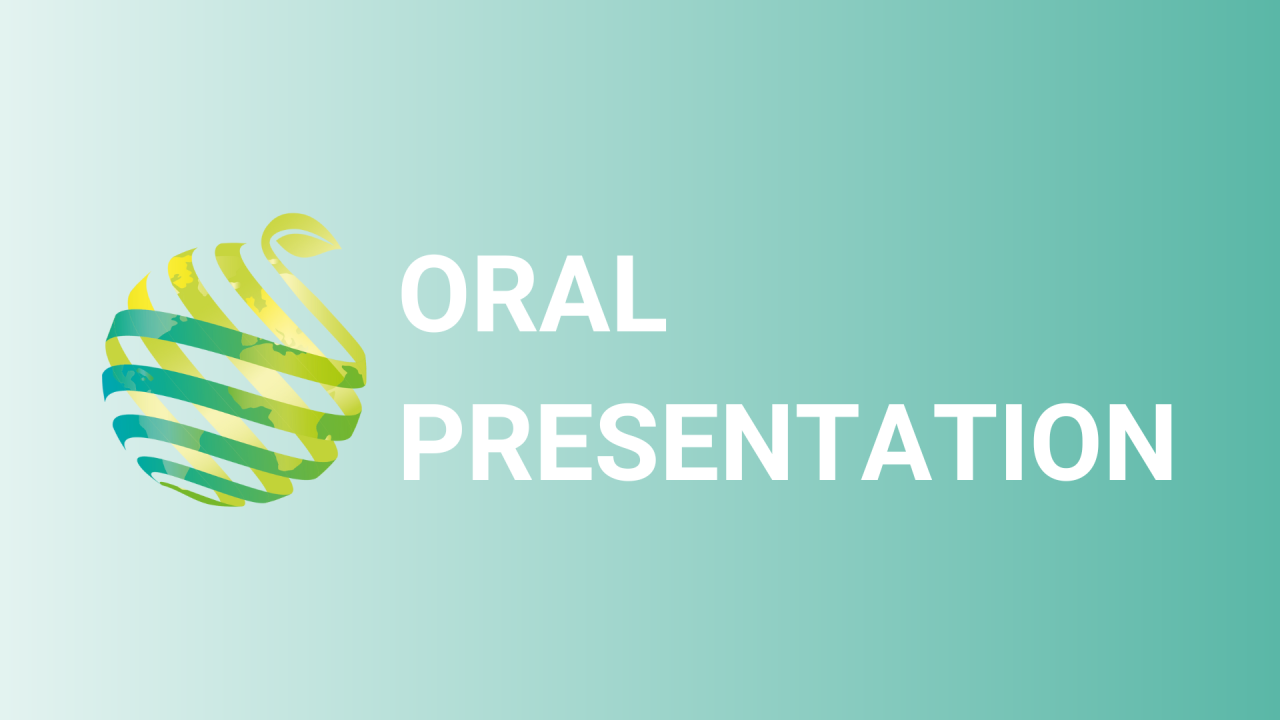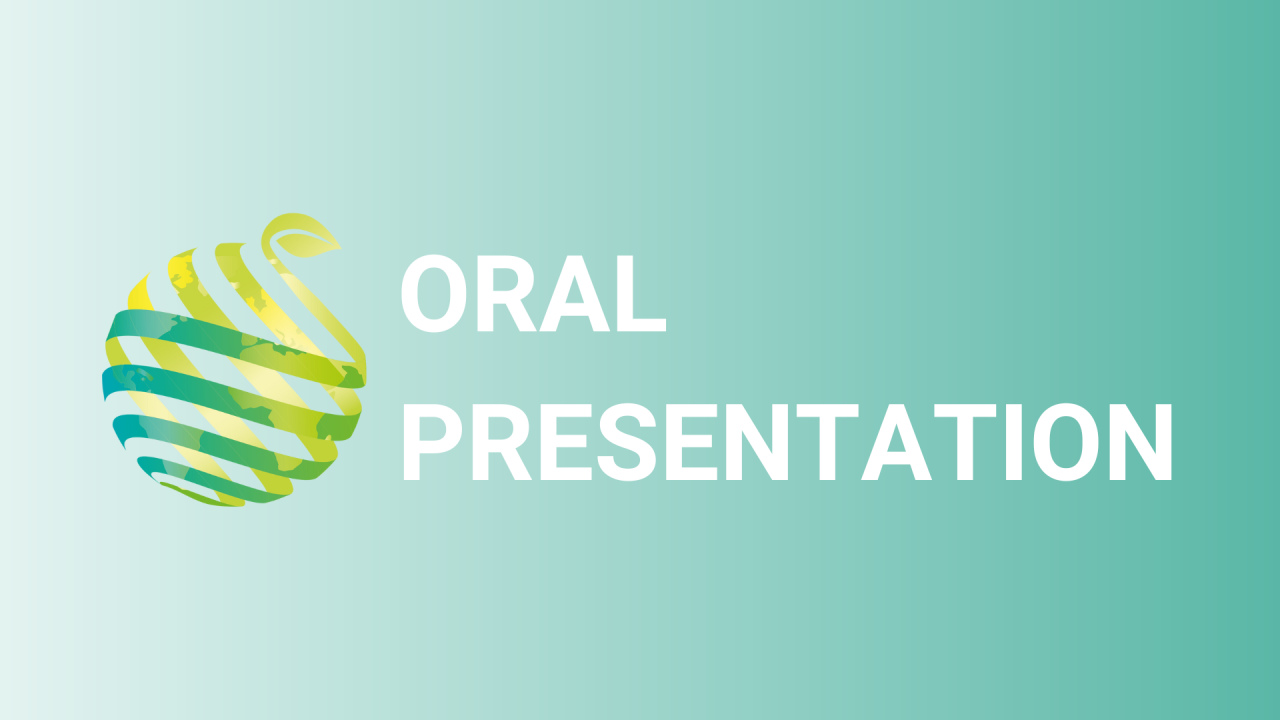

S04 - Session O1 - Examining the Stages of Micropropagation for Hemp (Cannabis sativa L.)
Information
Authors: Mark P. Bridgen *, Conor Stephen, Victor Zayas
The five stages of in vitro micropropagation were examined with Cannabis sativa 'TJs CBD' (hemp). This valuable plant species is used for food, fiber, and its medicinal properties that are produced by the trichomes on pistillate inflorescences. Hemp is a dioecious plant, meaning that staminate and pistillate inflorescences develop on separate plants. Due to the dioecious nature of this plant and the importance of female plants, it is important to propagate female clones. The aseptic nature of plant micropropagation and its ability to clone large numbers of plants in vitro makes micropropagation a valuable process for Cannabis sativa . The cultivar 'TJs CBD' was used for all experiments. For Stage 1 micropropagation, two experimental factors, donor plant environment and bleach concentration, were tested for their effect on disinfection and establishment success. For Stage 2, numerous trials were conducted to determine optimal inputs. Sucrose levels of 0%, 1.5%, 3.0%, 4.5%, and 6.0% were compared. The gelling agents agar (7 g/L), agargellan (4 g/L), and gellan gum (2 g/L) were evaluated. Four basal media were assessed: Murashige and Skoog Medium (MS), Linsmaier & Skoog (LS), Driver and Kuniyaki Walnut medium (DKW), and Woody Plant Medium (WPM). Media pH levels of 4, 5, 5.8, 6 and 7 were evaluated. Shoot tips and single nodes were assessed as different explant types. Grow room temperatures of 22C, 24C, 26C, and 28C were compared. The cytokinins 6-benzylaminopurine (BA), 6-(γ,γ-dimethylallylamino) purine (2iP), and thidiazuron (TDZ) were compared at 1.0 mM, 5.0 mM, and 10.0 mM concentrations. For Stage 3 micropropagation, the auxins indole 3-butyric acid (IBA) and 1-naphthaleneacetic acid (NAA) were tested at rates of 0 mM, 0.25 mM, 0.5 mM, and 2.5 mM. Stage 4 acclimation was conducted by removing shoot tips from culture and rooting ex vitro in a greenhouse. A dome and mist system were compared, as well as auxin and no auxin treatments. Results from all of these experiments will be explained and a recommended protocol for the micropropagation of Cannabis sativa 'TJs CBD' will be outlined.